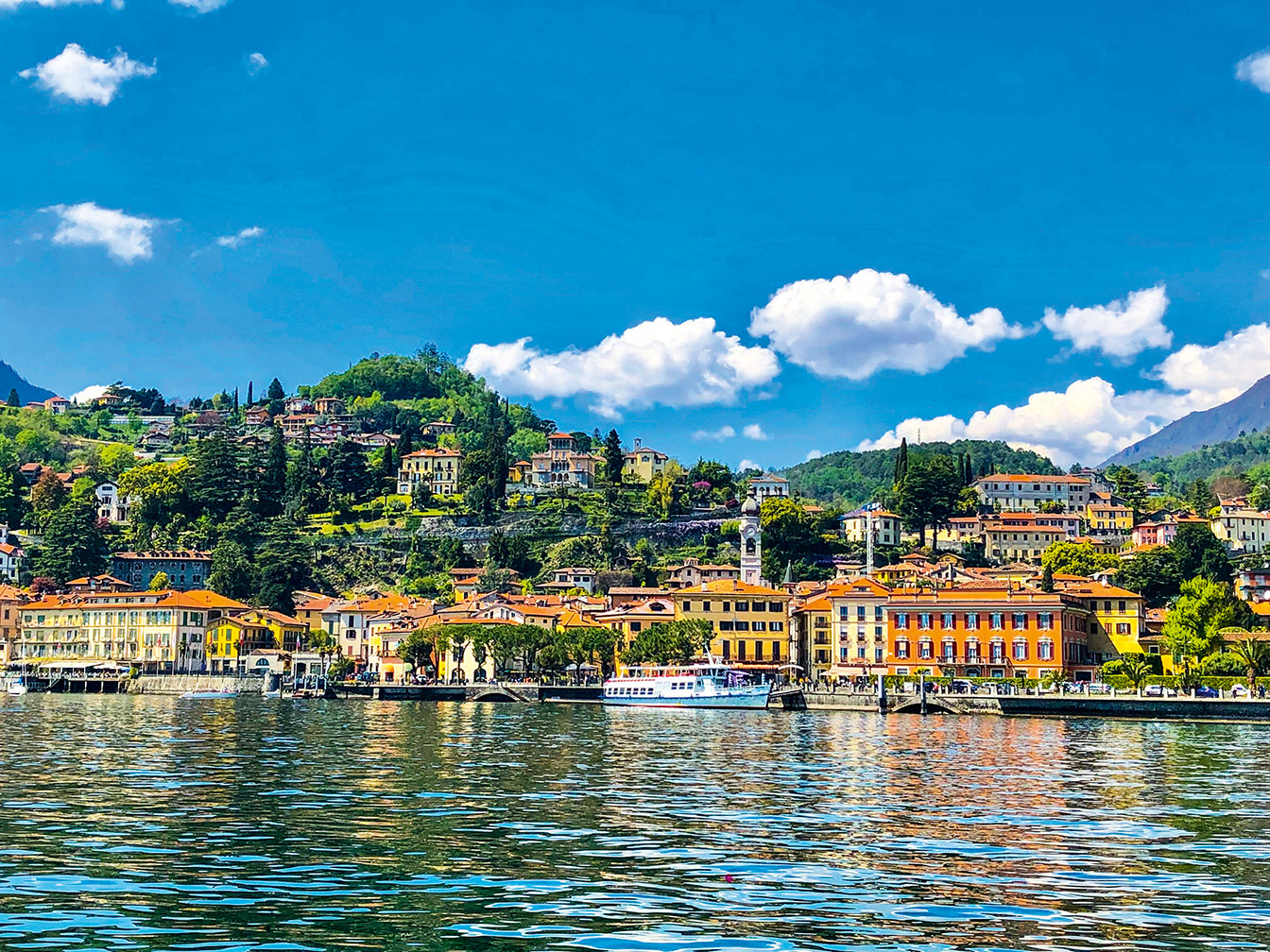Beyond the edifices of Rome, the quaint medieval villages and grand artistry of the Tuscan region, Italy has islands that in themselves are floating edifices and chiseled art masterpieces, or both.
EDITOR’S NOTE: This travel piece on Italy, one of the world’s most visited countries, was first published in the Oct.-Nov. 2019 issue of PeopleAsia magazine. Despite having been hit hard by the COVID-19 pandemic several months after, Italy, particularly the Tuscan and Lombardi regions, remains an ideal place to visit and revisit in the near future.
Text and Photos By Joanne Rae M. Ramirez
Arguably the most unique of Italy’s 450 islands is Venice —it’s majesty, history and art afloat on 117 or 118 islands (depending on the tide, I guess). Ancient Romanesque and Gothic palaces line these islands, which are threaded by charming arched bridges — 391 bridges, 403, if we include the island of Giudecca. Over 150 canals, including the Grand Canal, meander through the cluster of isles.
In fact, you could say Venice is a lagoon on the Adriatic Sea dotted by palaces; or you could describe it just as succinctly as palaces dotting a lagoon on the Adriatic Sea. Whichever way you look at it, it is a mesmerizing city that has been romanced by the sea for centuries now.
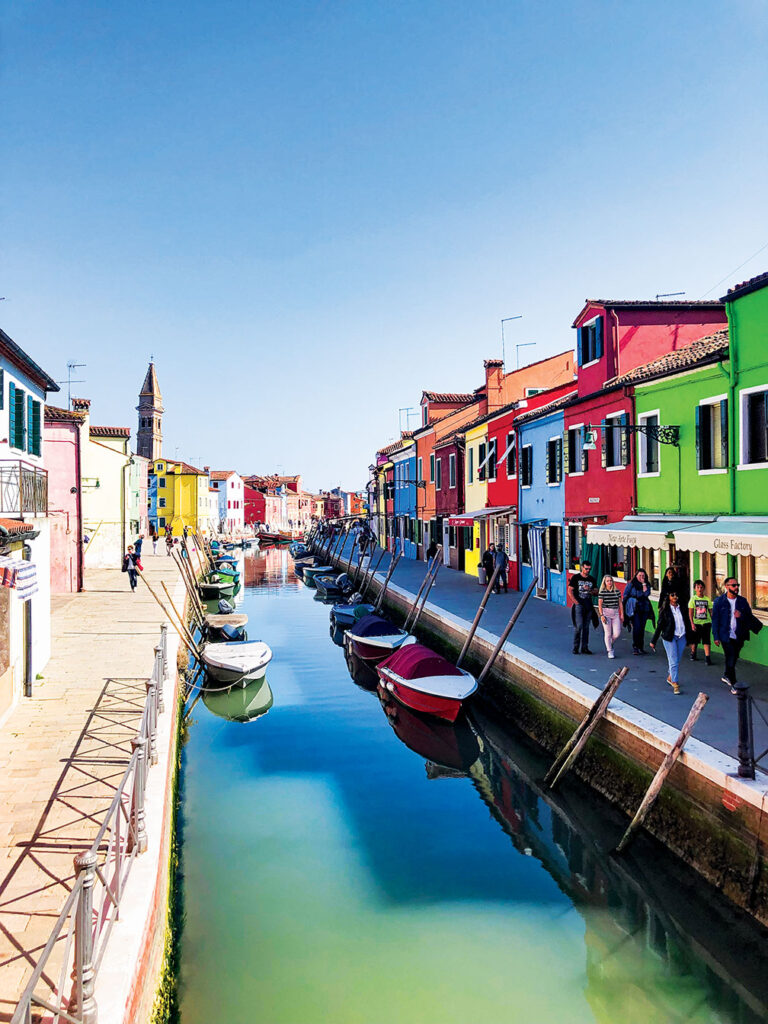
The ancient, unconquered island city of Venice has no roads, just cobblestone alleys that weave through pigeon-filled piazzas, rustic buildings and centuries-old churches. St. Mark’s Basilica, tiled with Byzantine mosaics, defies time at Piazza San Marco, the central square.
Venice was part of an eight-day tour of Italy dubbed, the “Italian Vista,” organized by Globus, which allowed me to see as many sights in a limited time and at just the right pace (there is always free time within the day to catch one’s breath and some excursions are optional — it’s your choice entirely if you want to go shopping instead.)
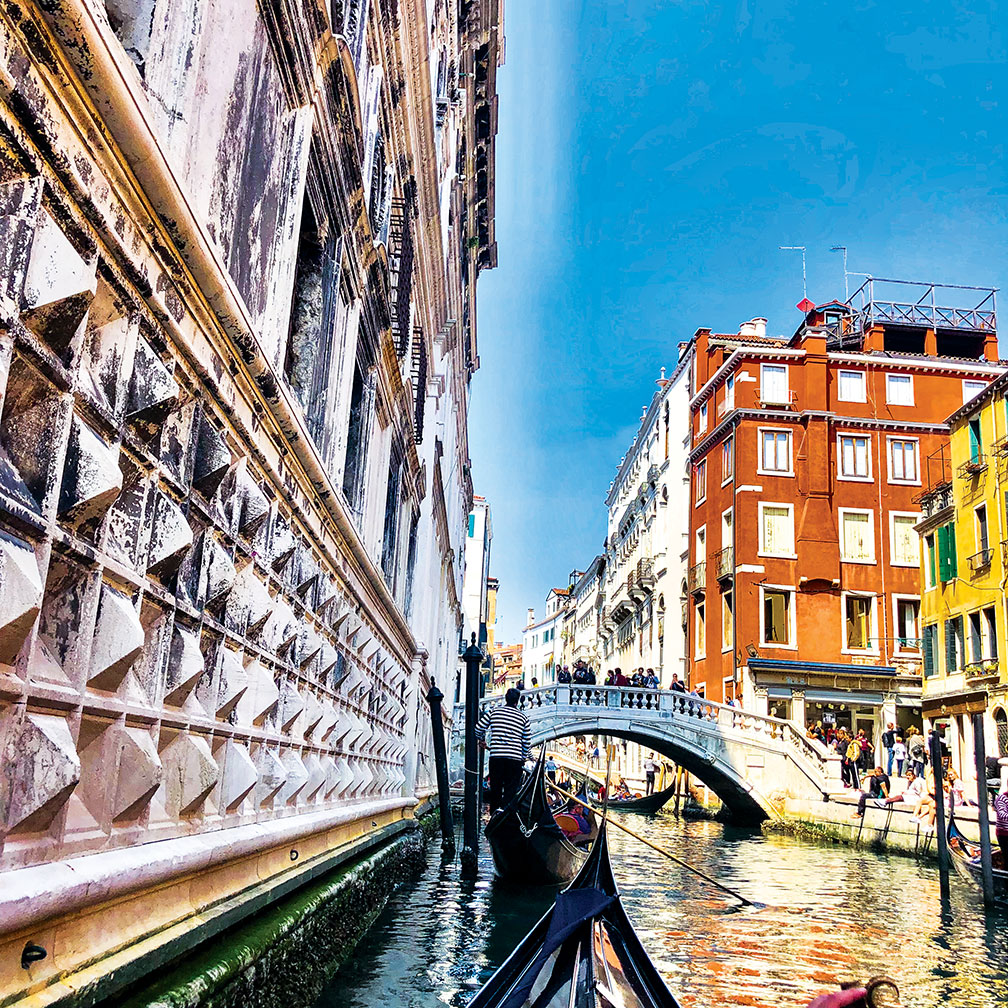
“Happy memories are built day by day,” says Elena Bertola, our efficient and accommodating tour director, who stayed with us from Day One to Day Eight, making sure that each tour member felt comfortable, safe and confident enough that, in case of need, “there was always somebody to rely on.”
Elena would often remind us, “A great tour is a safe tour.” From the very start, she advised us to “Watch your step.” Our wallets, too.
Venice was among the cities in our tour, which began in Rome, followed by Orvieto, Assisi, Florence, Padova, Verona, Venice and Milan, with a side trip to Lake Como. We stayed two nights in Rome, one night in Assisi, two nights in Padova and two nights in Milan — and from these cities we would take day trips to our other destinations.
Our tour was not just all about visiting old churches (which I adored) or museums (which I delighted in). It also included coffee and pastries in a 100-year old pasticerria in Orvieto, a homecooked Italian dinner at a 14th-century former olive mill in Spello, cocktails and a walk through the piazza in Padova, a seafood dinner in Burano.
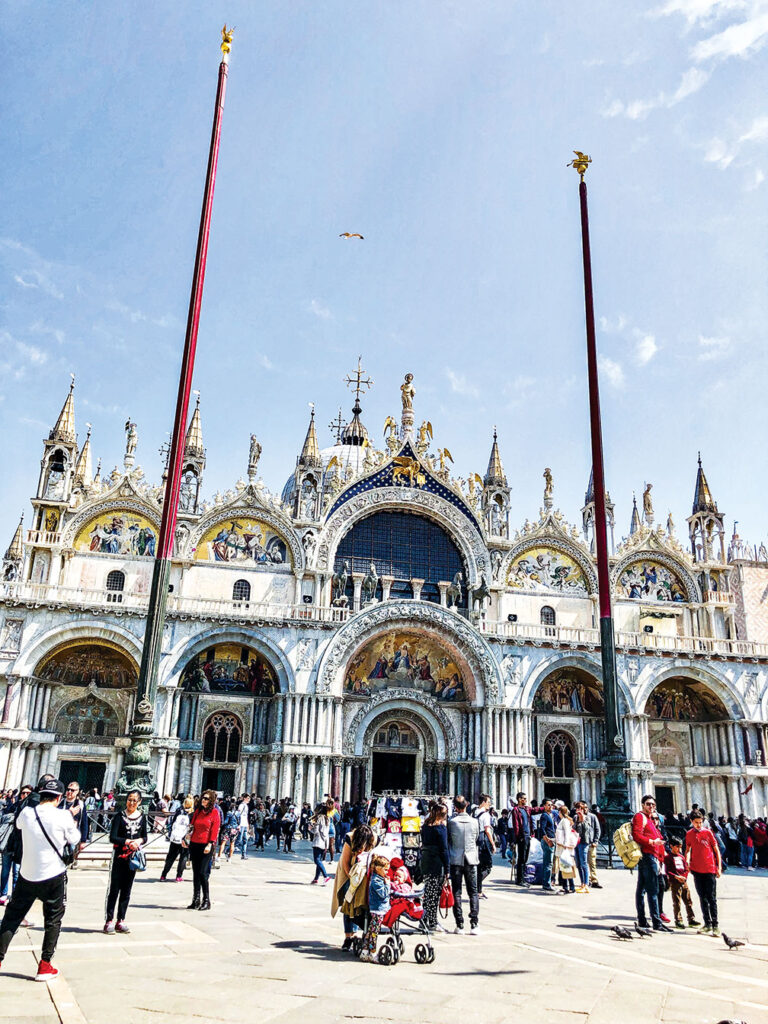
Veni, vidi Venice
Venice, dating back to the 5th century AD, is unique, and its basilica doesn’t look like most churches in Italy because of its Byzantine architecture, blended with some Islamic design elements. The basic structure of the church dates from around 1060 to 1100, and the gold mosaics that now cover almost all the upper areas of the interior took centuries to complete. More than 8,000 square meters of mosaic cover the walls, vaults and cupolas of the basilica, developed through eight centuries.
For its opulent design, gold mosaics, and its status as a symbol of Venetian wealth and power, from the 11th century on, the building has been known by the nickname Chiesa d’Oro (Church of Gold).
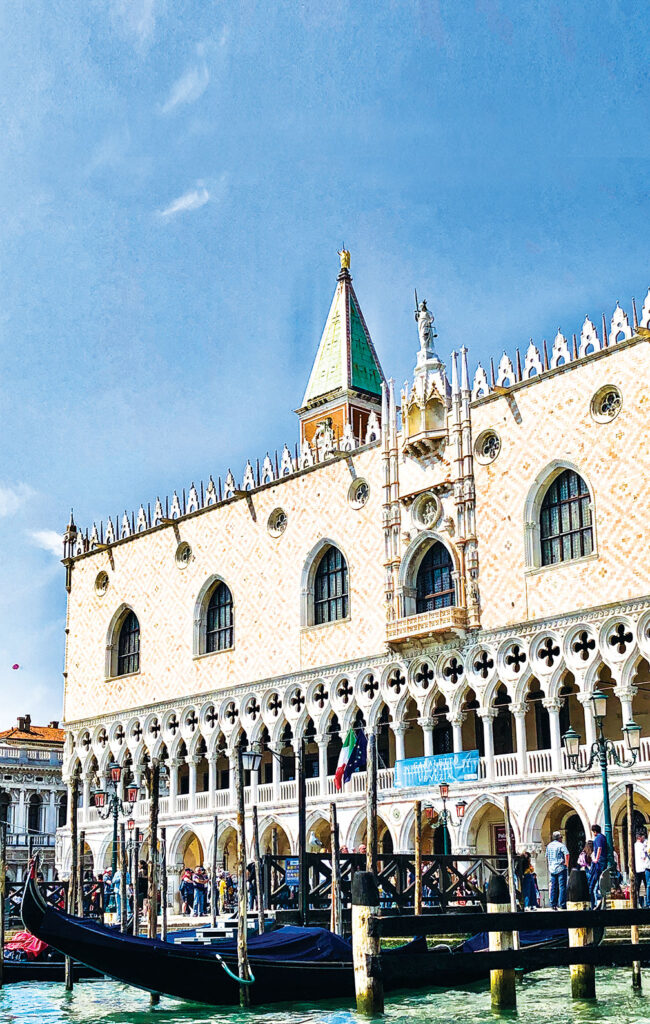
Though this was not my first time in Venice, it was my first time to enter the Doges Palace, a masterpiece of Gothic architecture. A doge was chief magistrate and leader of the republic of Venice and was elected for life.
It was while walking through the various salas of the palace, not while crossing the Bridge of Sighs, that I often sighed — in awe. Here, we walked through sala after sala adorned with paintings and frescoes on virtually every column inch of the room— it seemed only the floors were not touched by the paintbrush of a master. The palace housed not only the Doge’s apartments, the seat of the government and the city’s courtrooms, but also a jail, and yes, what is now called the “Bridge of Sighs” because it is said prisoners who walked here on the way to their execution would look out the window and sigh as they viewed the lagoon for the last time.
The Chamber of the Great Council in the palace is the largest chamber in the Doge’s Palace and also one of the largest rooms in Europe. On one of the long walls behind the Doge’s throne in the chamber is the longest canvas painting in the world, “Il Paradiso,” which Tintoretto and his workshop produced between 1588 and 1592.
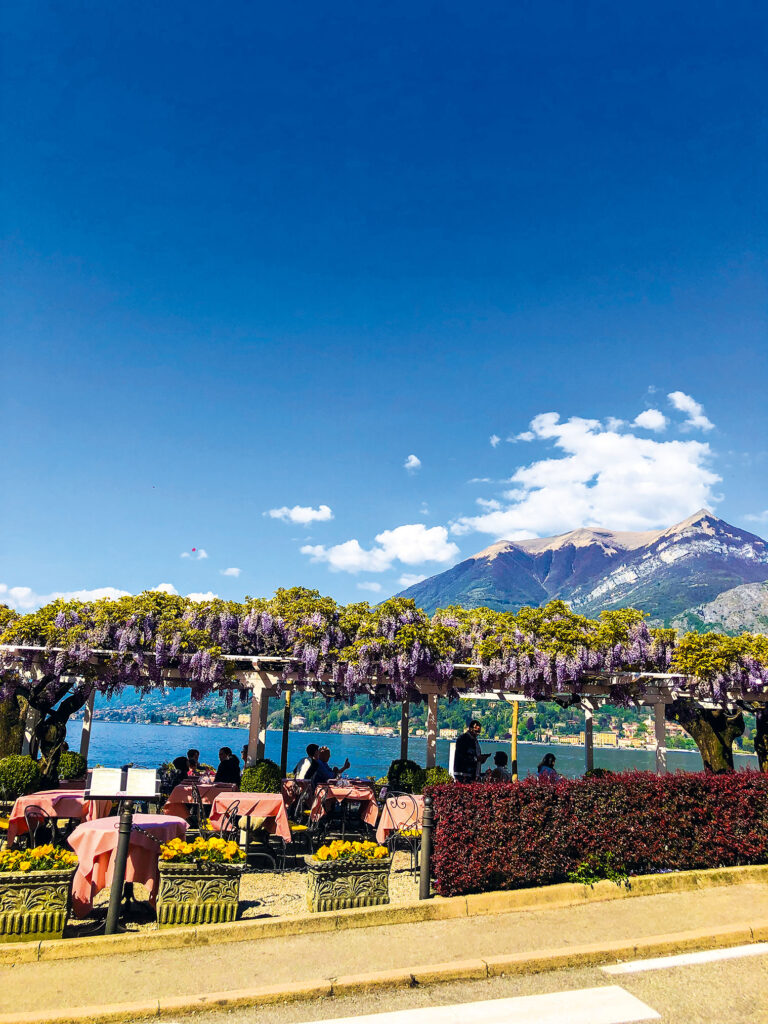
What to shop for in Venice? Murano glass, of course, though best that you go to an authentic glass factory, as the one Globus took us to. Some products claiming to be “Murano glass” are actually made somewhere in Asia, we were warned. There is also an outlet of branded leather goods and clothes near Venice, Noventa di Piave, with shuttle service.
Burano: Bursts of color
If I had only one word to describe the isle of Burano, some seven kilometers and 40 minutes away from the mainland by vaporetto (water bus), it would be picturesque. Unlike Venice, whose buildings seem sculpted from stone, Burano’s houses look like they were painted against a blue canvas of sea and sky. Burano looks like a grade schooler’s painting of brightly colored houses — and yet it is neither a drawing nor a movie set. People actually live and work here!
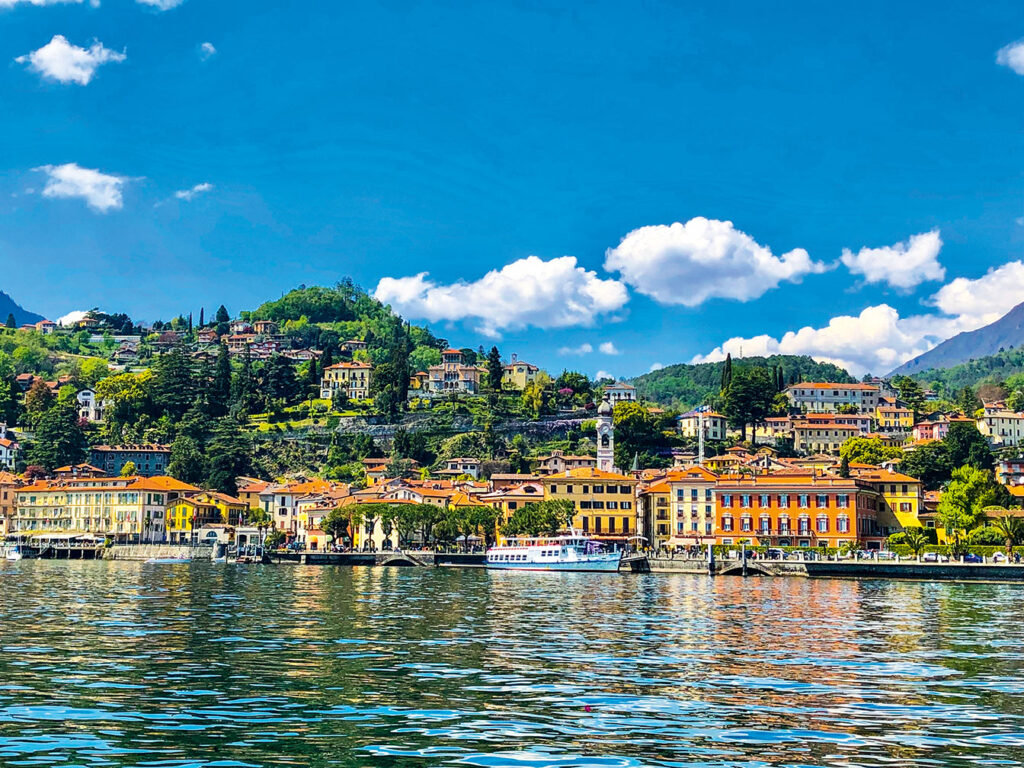
It is said the fishermen who lived in the village painted their houses in these bright hues of green, red, yellow, even lilac — so they would always be visible from the sea even through the fog. Nowadays, the colors of the houses follow a specific system, and if someone wishes to paint their home, he must send a request to the government, who will respond by making notice of the certain colors permitted for that lot.
Burano has many casual eateries serving seafood from the lagoon in its quaint center, which has a narrow canal slicing through it. You should also try out the isle’s local butter cookies called bussolai buranei.
Lace tablecloth and doilies flutter from souvenir stores. You see, while the island of Murano is famed for its glass, Burano is renowned for its lace. In the 16th century, women on the island began making lace with needles, being introduced to such a trade via Venetian-ruled Cyprus.
The Museo del Merletto has exhibits on the development of lace-making in the area. From the town’s center, you can see Burano’s ancient Chiesa di San Martino, which has a leaning 17th-century bell tower.
There are not many people, and maybe just a motor vehicle or two, in Burano. A day’s visit would be enough to meander around the isle of color, but if you want to feel like you were traipsing on the pages of a child’s storybook, stay longer.
Beautiful Bellagio
The town after which the Las Vegas hotel with the dancing fountains was named after, Bellagio on Lake Como, has three priceless gems: location, location, location.
Lake Como takes the shape of an inverted Y, and at the apex of the triangle-shaped isle below it is Bellagio. Though not strictly an island, it is caressed by the waters of a pristine lake and from many points on Bellagio, you feel like you are standing on an island.
It is known as “the Pearl of Lake Como” because of its enchanting position, picturesque hamlets and colorful stairways. From the promenade near the dock, there are several stone stairways leading to the town center, which is lined by shops selling scarves and hand-painted trays, among others. In a way, Bellagio is a cluster of terraces of majestic villas and gardens, with a lake embracing it. The majestic Alps form Bellagio’s snow-capped crown.
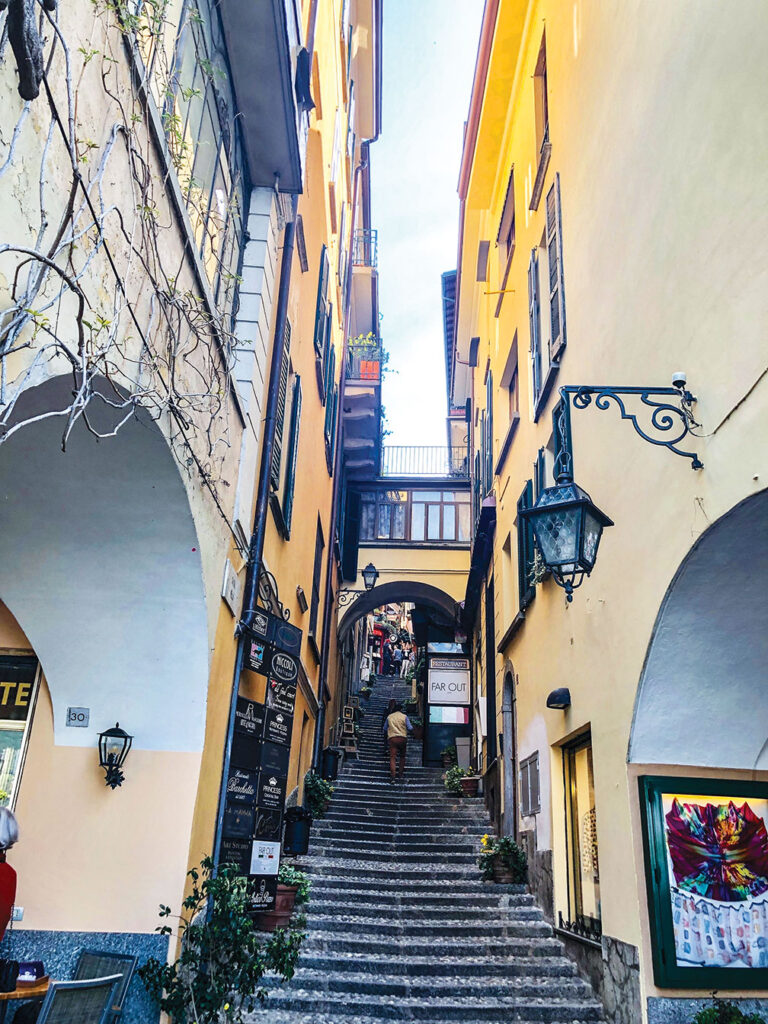
George Clooney, who has a villa on Lake Como across Bellagio, recently opened his villa ( a neighboring property recently went on the market for $35 million) for lunch for two lucky people to raise funds for a foundation.
Clooney is quoted to have said, “At Lake Como, you live your life the way you’re supposed to live your life if you’re lucky.”
The mild climate, the stunning views and the charm of Bellagio make you feel no less.
So how do I love Italy? Let me count the ways…. I mean, the islands.

